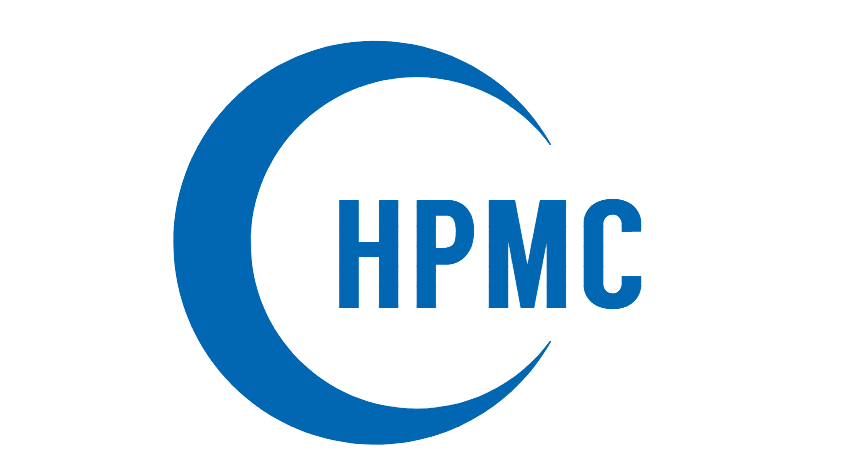hpmc manufacturers-Hydroxypropyl methylcellulose improves the adhesion of mortar and substrate
Influence of Hydroxypropyl Methyl Cellulose on Water Retention Performance of Dry-mixed Masonry Plastering Mortar
The water held by a certain amount of hydroxypropyl methyl cellulose ether has enough time in the mortar to promote the continuous hydration of the cement and improve the adhesion of the mortar to the substrate.
Influence of Hydroxypropyl Methyl Cellulose Ether Particle Size and Mixing Time on Water Retention
The water retention capacity of mortar is largely controlled by the dissolution time. The faster the dissolution of finer cellulose, the faster the water retention performance. For mechanized construction, due to time constraints, a finer powder must be selected for cellulose. For manual plastering, fine powder is fine.
The effect of hydroxypropyl methyl cellulose ether etherification degree and temperature on water retention
The solubility and temperature of hydroxypropyl methyl cellulose in water depend on the degree of etherification. The higher the outside temperature, the lower the water retention; the higher the degree of etherification, the better the water retention of cellulose ether.
The effect of hydroxypropyl methyl cellulose ether on the consistency and resistance of mortar
The consistency and sliding resistance of the mortar are very important indicators. For thick layer construction and tile adhesives, suitable consistency and sliding resistance are required.
Consistency test method, measured according to JG/J70-2009 standard
Consistency and sliding resistance are mainly achieved by the viscosity and particle size of hydroxypropyl methylcellulose. As the viscosity and content increase, the consistency of the mortar increases; the finer the particle size, the more the initial consistency of the freshly mixed mortar increases. fast.
Effect of Hydroxypropyl Methyl Cellulose on Air Entrainment of Mortar
Due to the addition of hydroxypropyl methylcellulose in the mortar, a certain amount of tiny, uniform and stable bubbles are introduced into the freshly mixed mortar. Due to the ball effect, the mortar has good workability and reduces the shrinkage and turbulence of the mortar. Crack, and improve the output rate of mortar. Cellulose has an air-entraining function. When adding cellulose, consider the amount, viscosity (too high viscosity will affect the workability), and air-entrainment. Choose cellulose suitable for different mortars.
